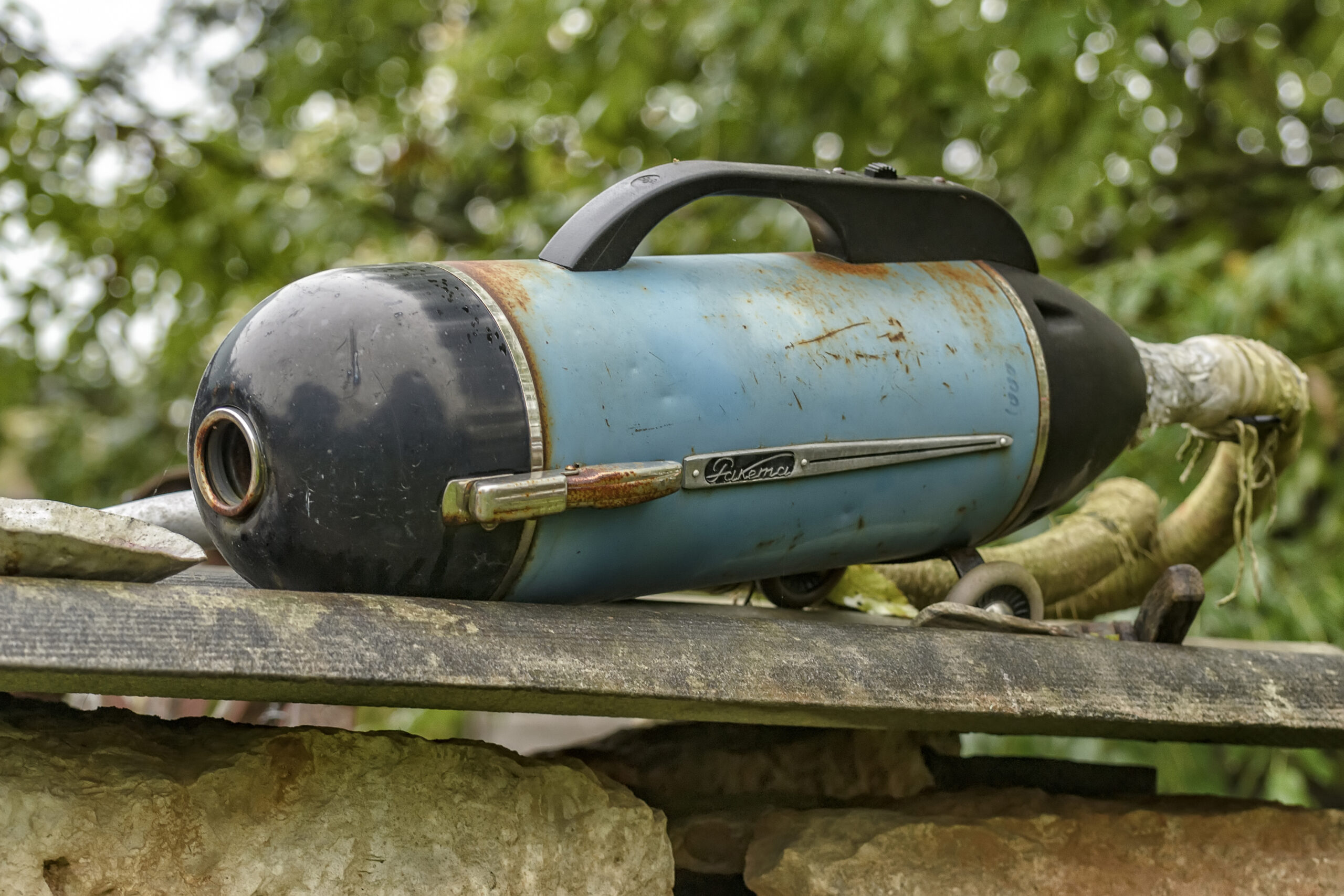The vacuum cleaner, an indispensable household item, has evolved significantly over time. But its journey from a manual, labor-intensive machine to the sleek, powerful devices we use today is a fascinating story of technological innovation.
The Early Beginnings: Metal Vacuum Cleaners in the 1800s
In the 19th century, hygiene became a growing concern, prompting the invention of various cleaning devices. Though vacuum cleaners as we know them today didn’t exist yet, the foundations for modern cleaning technology were being laid. People became more conscious of the importance of cleanliness, and as the Industrial Revolution took hold, new machines were developed to make housework easier.
One of the earliest forms of a vacuum cleaner was the Whirlwind, a metal device invented by Ives W. McGaffey in 1869. This hand-cranked machine used bellows to create suction, and while it represented an early attempt at mechanized cleaning, it required a lot of manual effort to operate. The Whirlwind was a bulky contraption, far from the lightweight and easy-to-use vacuums we are familiar with today. However, it set the stage for future innovations in cleaning technology.
The Role of Metal in Vacuum Cleaner Design
During this period, metal played a crucial role in the development of vacuum cleaners. Early machines were typically large, unwieldy canisters made of metal, designed to create suction through manual effort. These machines relied on human labor to pump the handle, which in turn activated the bellows or other mechanisms to generate suction. While effective to some extent, these vacuum cleaners were far from the user-friendly machines we use today.
As these devices grew in popularity, inventors continued to refine their designs, paving the way for the next major leap in cleaning technology. However, these early attempts at mechanized cleaning were still limited by the technology of the time.
The Rise of Electric Vacuum Cleaners
The true breakthrough in vacuum cleaner technology came at the turn of the 20th century with the introduction of electric motors. In 1901, Hubert Cecil Booth introduced the first commercially successful electric vacuum cleaner. Booth’s invention used a motorized fan to create suction, a significant leap forward from the manual bellows systems. This innovation was the precursor to the powerful, efficient vacuum cleaners we use today.
By the 1920s, vacuum cleaners began to be mass-produced, and new features such as adjustable suction and a more ergonomic design made them easier to use. These advancements greatly improved the practicality of vacuum cleaners, allowing them to become a staple in households across the globe.
 Getty Images
Getty Images
How the Vacuum Cleaner Changed Household Cleaning
The vacuum cleaner revolutionized the way we clean our homes. Before its invention, people used brooms, dustpans, and other manual tools to sweep up dirt and debris. Vacuum cleaners, particularly the electric models, made it much easier and faster to clean floors, carpets, and other surfaces. They also helped reduce the amount of dust and allergens in the air, contributing to healthier living environments.
As technology advanced, so did the features of vacuum cleaners. Modern machines now come with specialized attachments for cleaning upholstery, corners, and even hard-to-reach areas. Bagless designs, powerful suction, and energy-efficient motors have made vacuum cleaners more effective and environmentally friendly.
Vacuum Cleaners Today: Innovation Continues
Today’s vacuum cleaners are more efficient and convenient than ever before. Cordless models, robotic vacuums, and smart home integration have taken cleaning to a new level. With the advent of new technologies, vacuum cleaners are more specialized, catering to various needs such as pet hair removal, deep cleaning, and even air purification.
As vacuum cleaner technology continues to evolve, we can expect even more innovative designs that make cleaning easier, faster, and more effective.
For more stories on the latest innovations and fascinating histories, check out the following articles:


